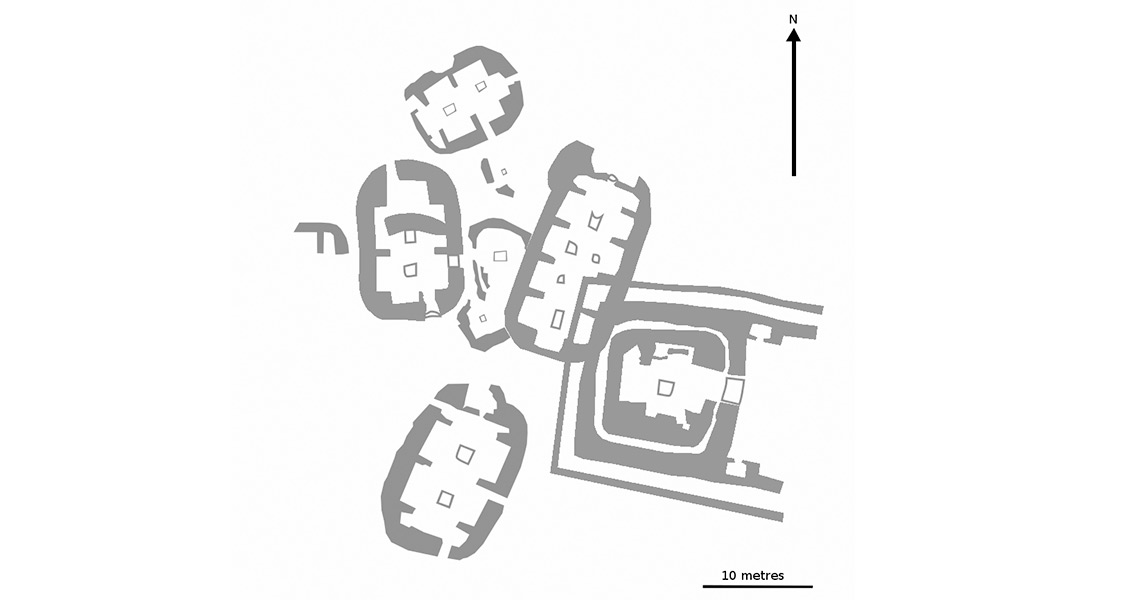<![CDATA[At a Neolithic-era dumping ground on Orkney, known as the largest ancient trash heap in Scotland, researchers have found a mysterious stone structure lurking just under the surface. The collection of stones, known in the archaeological world as orthostats, was discovered at the Neolithic research site known as the Ness of Brodgar. Researchers are at a loss as to the function of the stones, remarking that this was the first time stone slabs had ever been found in such a pattern; and that there seems to be no reason why they were buried beneath a massive midden heap after their construction. A report from the BBC says that the excavation team, spearheaded by the University of the Highlands and Islands Archaeology Institute, believe that the orthostats could be the remains of a stone tomb. However, this is just early speculation at this time, and researchers admitted that there’s much work ahead of them before a proper understanding of the find can be made. The Ness of Brodgar has been undergoing archaeological digs since 2002. In close proximity to the Neolithic henge known as the Ring of Brodgar: the northernmost example of standing stone circles in the British Isles, the Ness of Brodgar has yielded the remains of several Stone Age buildings as well as stone tools, animal bones, and pottery. The new orthostats were discovered just as the 2016 excavation season for the Ness of Brodgar was coming to a close – leaving archaeologists eager to begin next year with a deeper investigation of these mysterious findings at the UNESCO World Heritage Site. Estimated to be as much as 5,000 years old, it could be the oldest such structure uncovered at the dig site so far. Made from slabs measuring as long as thirteen feet in some cases, the entire structure is nearly 33 feet wide. Its sheer size and scale, according to site director Nick Card, is “unprecedented” for the Ness of Brodgar. While most of the earlier Neolithic structures at the Ness are created from flagstone, which is relatively easy to shape, it is unknown if these orthostats are made from the same stone or if they are some other mineral. However, Card remarked that the method of construction used to build the stones is unique to the locale. He suggested that these orthostats might have been taken from a different site, transported to the Ness, and then re-used. The possibility exists that the stone slabs might have been used in a stone circle that was in existence before the establishment of the main Ness site – something that won’t be able to be determined until more research is done into the new discovery. This isn’t the only discovery made at the Ness of Brodgar dig site over the summer excavation season. In July, archaeologists discovered a human arm bone, which is thought to have been placed there deliberately. Researchers have a working theory that the remains may have belonged to one of the first founders of the large Neolithic complex of buildings. Image courtesy of Wikimedia Commons user S Marshall ]]>
Stone Structure Found Beneath Ancient Orkney Trash Heap
